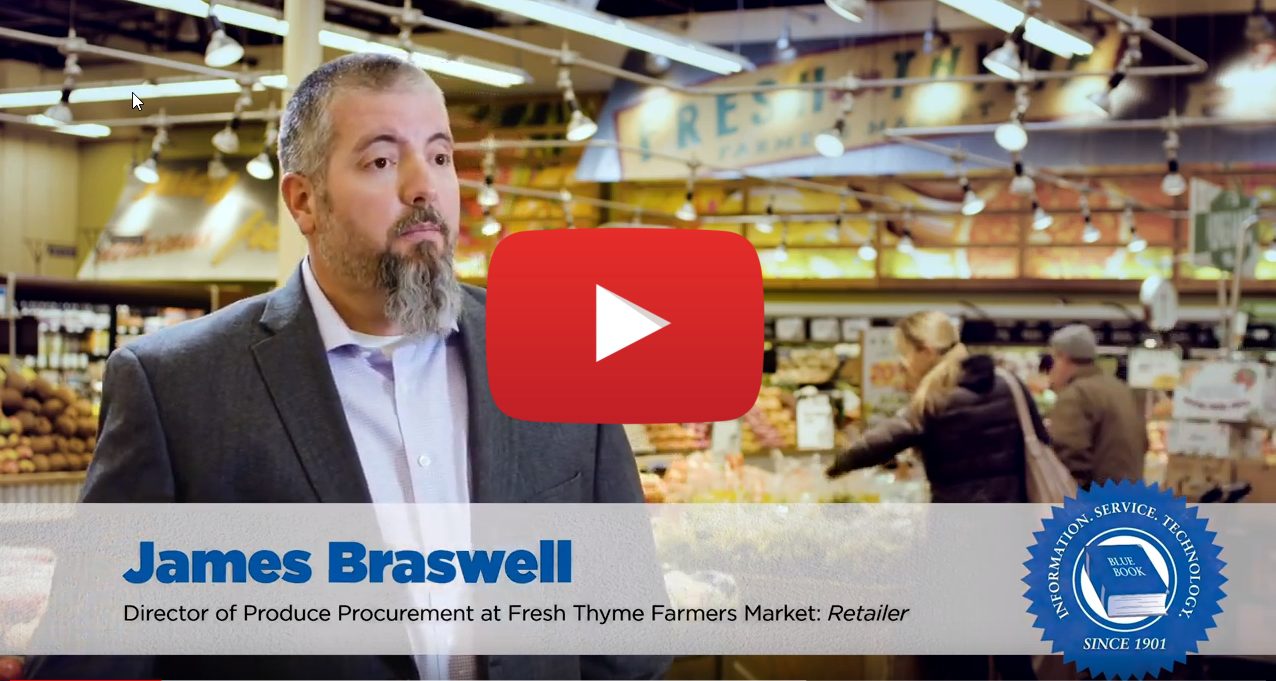April 27, 2023 — The U.S. Food and Drug Administration (FDA) has released a report on its investigation of the Salmonella Typhimurium outbreak that caused 88 reported illnesses and 32 hospitalizations in the U.S. between July and September 2022.
The FDA worked with the U.S. Centers for Disease Control and Prevention (CDC) and state partners to investigate the outbreak, which was linked through epidemiology and traceback to cantaloupe grown in Southwest Indiana during the summer of 2022.
The report released today includes an overview of the traceback investigation, investigation results, and various factors that potentially contributed to the contamination of cantaloupe with Salmonella.
As a result of the traceback, FDA conducted investigations in Indiana at three farms, their common packinghouse and nearby public lands. Salmonella positive environmental samples were found at each location, but none of the resulting Salmonella isolates conclusively matched the outbreak strain by whole genome sequencing (WGS).
Although the investigation did not result in identification of a specific microbial source or route that resulted in this outbreak, the agency identified Salmonella spp. in on-farm, post-harvest, and off-farm environments.
In light of the investigational findings, FDA highlights the following recommendations and requirements applicable to firms, such as growers of melons and similar produce:
• Review current conditions and practices to determine whether they are adequate or if additional prevention measures are warranted.
• Understanding previous land use can help farms identify and address potential sources of pathogens that may affect their farming operations.
• Be cognizant of and assess risks that may be posed by adjacent and nearby land uses, especially as it relates to the presence of livestock, including poultry, and the interface between farmland, and other agricultural areas.
• Consider additional tools such as pre-harvest and/or post-harvest sampling and testing of products to help inform the need for specific prevention measures.
• Poultry manure, while valued for its fertilizer value, is a known reservoir for Salmonella spp. Proper application of a manure that has been treated with a validated and verified process to reduce pathogens (e.g. composting with time and temperature measurements) can significantly reduce the potential for the integration of Salmonella or other human pathogens into soils (as compared to the use of raw manures).
• Inspect, maintain, and clean and, when necessary and appropriate, sanitize all food contact surfaces of equipment and tools used as frequently as reasonably necessary to protect against contamination.
• When appropriate, use EPA-approved products according to the label for cleaning and sanitizing.
• Inconsistent adherence to or deviation from existing SOPs for cleaning and sanitizing by farms can affect produce safety. Effective communication on farms about SOPs and any changes to those SOPs can help ensure that food safety practices are being followed.
• Root cause analyses may be useful in identifying for growers how human pathogen sources in the broader agricultural environment may contribute to contamination.
• Improve traceability through increased digitization, interoperability, and standardization of traceability records which would expedite traceback and help remove contaminated product from the marketplace more quickly, thereby preventing further illnesses. This is not only important for growers, but also critical for shippers, manufactures, and retailers as well, to improve overall traceability throughout the supply chain.
FDA will work in conjunction with the Indiana State Department of Health to increase awareness amongst the melon growing industry of pathogenic environmental strains in the region to develop and promote risk reduction strategies related to melon growing and harvesting to minimize the impact of these strains.
Food safety is a shared responsibility that involves food producers, distributors, manufacturers, retailers, and regulators. Recognizing the interconnection between people, animals, plants, and their shared environment when it comes to public health outcomes, we encourage collaboration among various groups in the broader agricultural community (i.e., produce growers, state government and academia) to address this issue.



